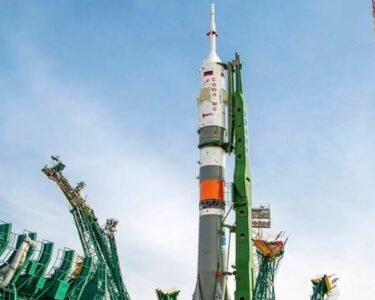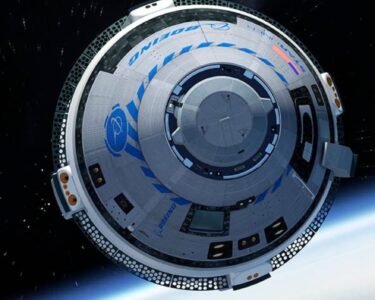Baikonur Cosmodrome: Cradle of the Space Age
In the big Kazakh grassland, there’s a famous place called the Baikonur Cosmodrome. It’s a huge area with a long history that’s really important for space exploration. Since the beginning of space exploration until now, Baikonur Cosmodrome has been launching rockets and helping people go to space. It’s like a special place that’s a big part of our space history.
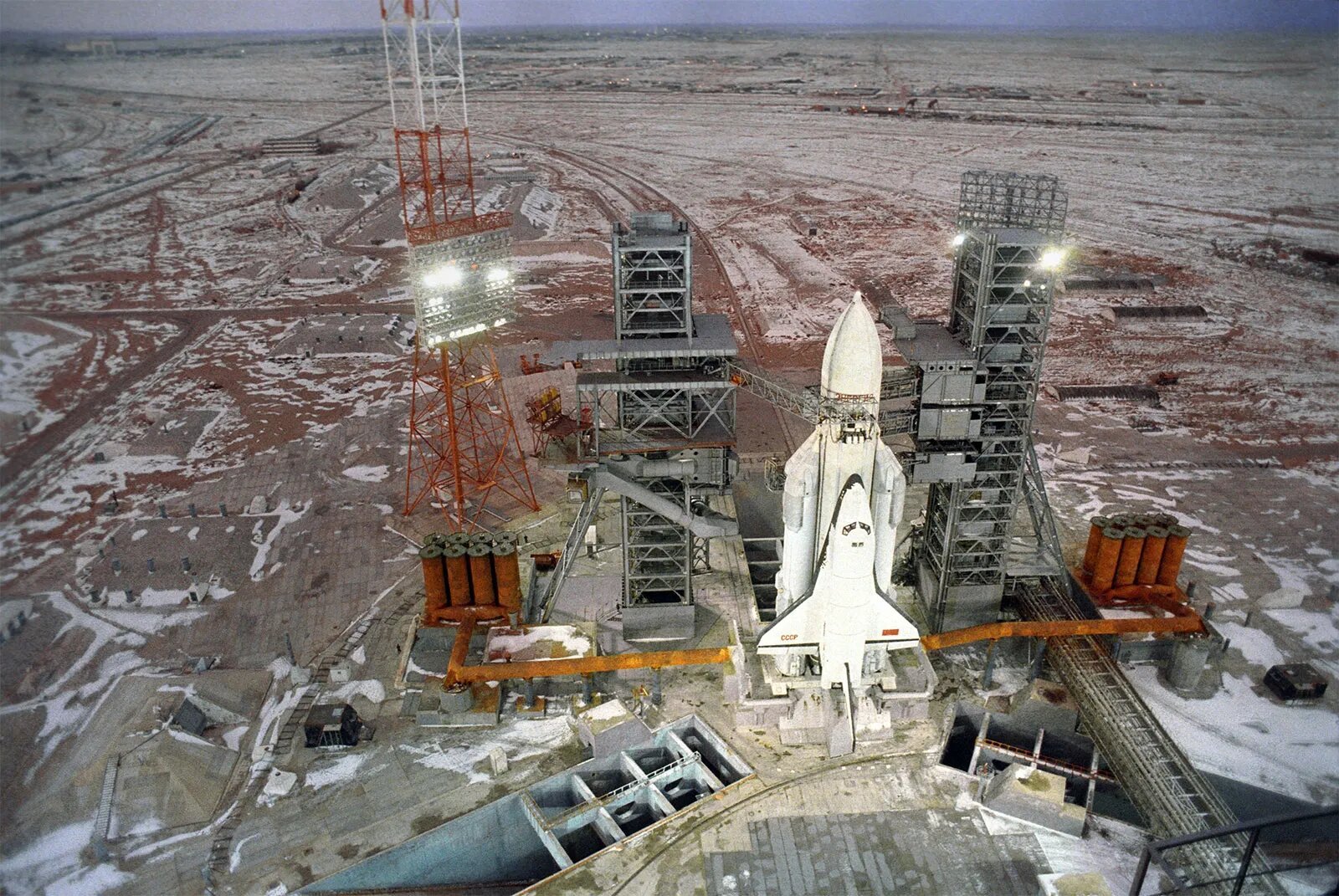
A Coded Beginning (1953-1957):
The story of Baikonur Cosmodrome begins not with a roar of rockets, but with a whisper of secrecy. In the midst of the Cold War, the Soviet Union embarked on an ambitious space program, determined to outpace the United States in the race to space. In 1953, under the leadership of visionary rocket engineer Sergei Korolev, the decision was made to establish a dedicated launch site. To ensure its location remained hidden from Western eyes, the Soviets employed a clever strategy. They chose the name “Baikonur,” which coincidentally referred to an unrelated town hundreds of kilometers away, effectively cloaking the true location in a veil of misdirection.
Construction began in 1955, and within two years, the launch site was operational. The first launch from Baikonur Cosmodrome, however, wasn’t a spacecraft, but an intercontinental ballistic missile (ICBM) dubbed R-7. This powerful rocket provided the foundation for future space exploration, proving its capability by launching the first artificial satellite, Sputnik 1, in 1957. This historic event marked the dawn of the Space Age, ushering in a new era of scientific discovery and technological advancement.
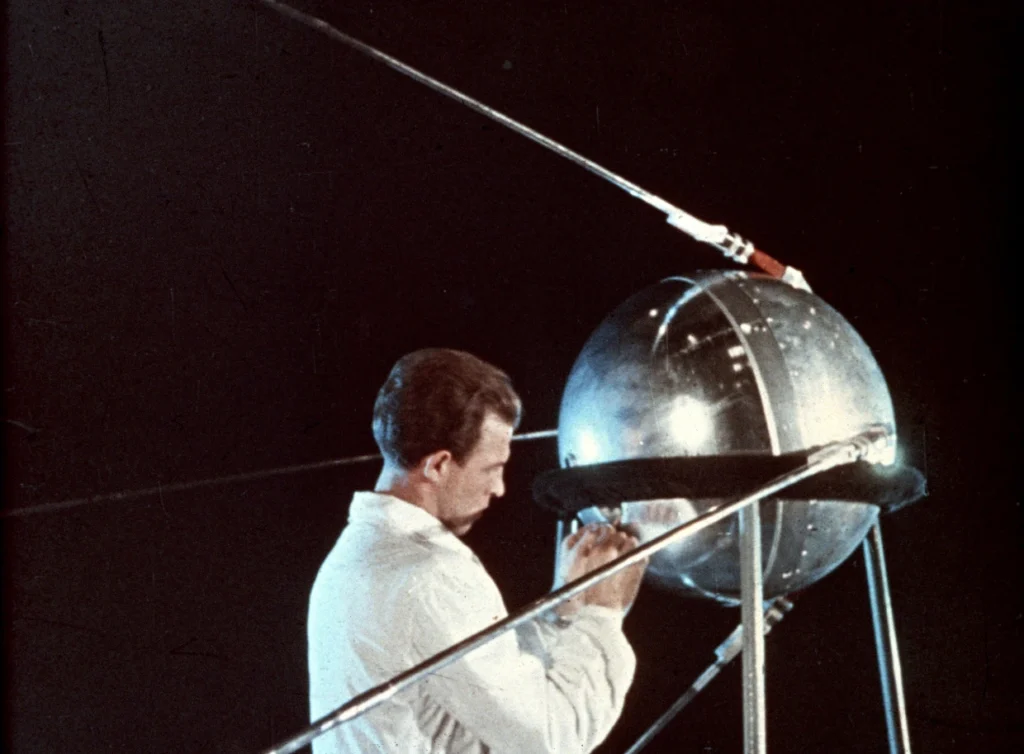
First Steps in Space (1958-1969):
Following the success of Sputnik 1, Baikonur Cosmodrome became the launchpad for a series of groundbreaking missions that pushed the boundaries of what was possible. In 1961, the world watched in awe as Yuri Gagarin, aboard the Vostok 1 spacecraft, became the first human to journey into space. This incredible feat not only cemented the Soviet Union’s lead in space exploration but also ignited a global fascination with the cosmos.
Baikonur Cosmodrome continued to witness a string of historical firsts during this period. Valentina Tereshkova, in 1963, became the first woman in space, demonstrating the USSR’s commitment to gender equality in the space program. The Voskhod program, launched from Baikonur Cosmodrome, saw the first spacewalk in 1965, further expanding our understanding of space travel and its possibilities.
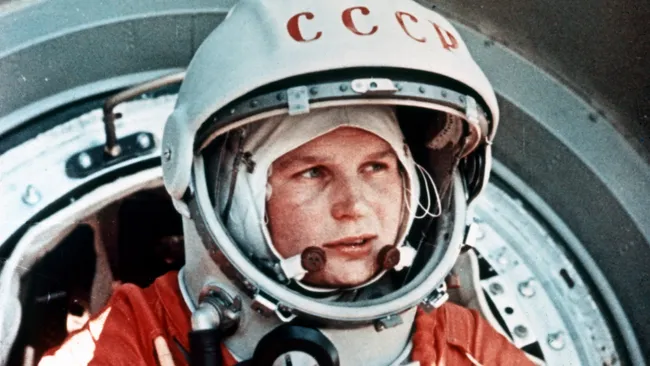
What happened at the Baikonur Cosmodrome in 1969?
In 1969, the Baikonur Cosmodrome witnessed a significant, albeit unsuccessful, event related to the Space Race:
On July 3rd, 1969, the Soviets attempted to launch a test flight of their N-1 rocket, designed to compete with the American Apollo program and ultimately send humans to the Moon. Unfortunately, the launch failed catastrophically. Just seconds after liftoff, the N-1 experienced a fuel tank explosion, causing it to fall back onto the launchpad and detonate. While the incident resulted in no reported casualties, it significantly damaged the launchpad and dealt a major setback to the Soviet Moon program. The N-1 program continued with four more failed test launches between 1969 and 1972, ultimately leading to its cancellation.
What is special about the Baikonur Cosmodrome?
A Stage for Epic Rivalry (1970-1991):
Throughout the Cold War, Baikonur Cosmodrome served as a critical platform in the space race between the United States and the Soviet Union. The rivalry between the two superpowers fueled rapid technological advancements, leading to the development of increasingly sophisticated spacecraft and launch vehicles. From lunar exploration attempts to the first space station, Salyut 1, launched in 1971, Baikonur Cosmodrome remained at the forefront of these historic endeavors.
However, the space race also had its dark side. Numerous accidents and fatalities occurred during this period, highlighting the inherent risks associated with space exploration. The most tragic incident happened in 1967 when the Soyuz 1 spacecraft experienced a catastrophic failure, resulting in the death of cosmonaut Vladimir Komarov. These incidents served as grim reminders of the human cost involved in pushing the boundaries of space travel.
Does Russia still use Baikonur Cosmodrome?
With the fall of the Soviet Union in 1991, the future of Baikonur Cosmodrome became uncertain. Kazakhstan, where the launch complex was located, gained independence, raising questions about the continued utilization of the facility. Following negotiations, an agreement was reached in 1994, allowing Russia to lease Baikonur Cosmodrome for a period of 20 years, with an option to extend for another 25 years. This agreement ensured the continued operation of the cosmodrome, albeit under a new political landscape.
A Post-Cold War Transition
In the post-Cold War era, Baikonur Cosmodrome has adapted to the changing dynamics of space exploration. While maintaining its role in launching Russian crewed missions to the International Space Station (ISS), the cosmodrome has also turned to commercial space ventures. Various international partnerships and collaborations have seen numerous satellites and probes launch from Baikonur Cosmodrome, diversifying its portfolio and ensuring its continued relevance in the global space industry.
Looking Forward: A Legacy of Innovation:
As Baikonur Cosmodrome prepares for its future, it carries a rich legacy of innovation and achievement. From the first satellite to the first human in space, the cosmodrome has witnessed moments that have redefined our understanding of the universe and our place within it. Today, it continues to be a vital launch site, propelling humanity’s journey towards the stars. As we explore the vast expanse of space, Baikonur serves as a constant reminder of the pioneering spirit, unwavering determination, and international collaboration that are essential for pushing the boundaries of human potential.
Challenges and Opportunities:
Despite its illustrious past, Baikonur Cosmodrome faces several challenges in the ever-evolving space industry. The aging infrastructure necessitates ongoing modernization efforts to maintain its competitiveness with emerging spaceports worldwide. Additionally, the reliance on Russian rockets for crewed missions to the ISS presents a potential vulnerability for international space cooperation.
However, amidst these challenges, Baikonur Cosmodrome also presents exciting opportunities. The growing commercial space market offers avenues for diversification and collaboration. Additionally, Kazakhstan’s strategic location and Baikonur’s established infrastructure position it well to play a significant role in future space endeavors, such as lunar exploration projects.
A Symbol of Humanity’s Endeavor
Baikonur Cosmodrome stands as a testament to human ambition and ingenuity. It serves as a microcosm of the human spirit’s relentless pursuit of knowledge and exploration. From the early days of the Space Age to the present day, Baikonur’s story is intricately woven with the narrative of human space exploration. As we continue to venture into the cosmos, Baikonur’s legacy will undoubtedly inspire future generations to reach for the stars and push the boundaries of what is possible.



